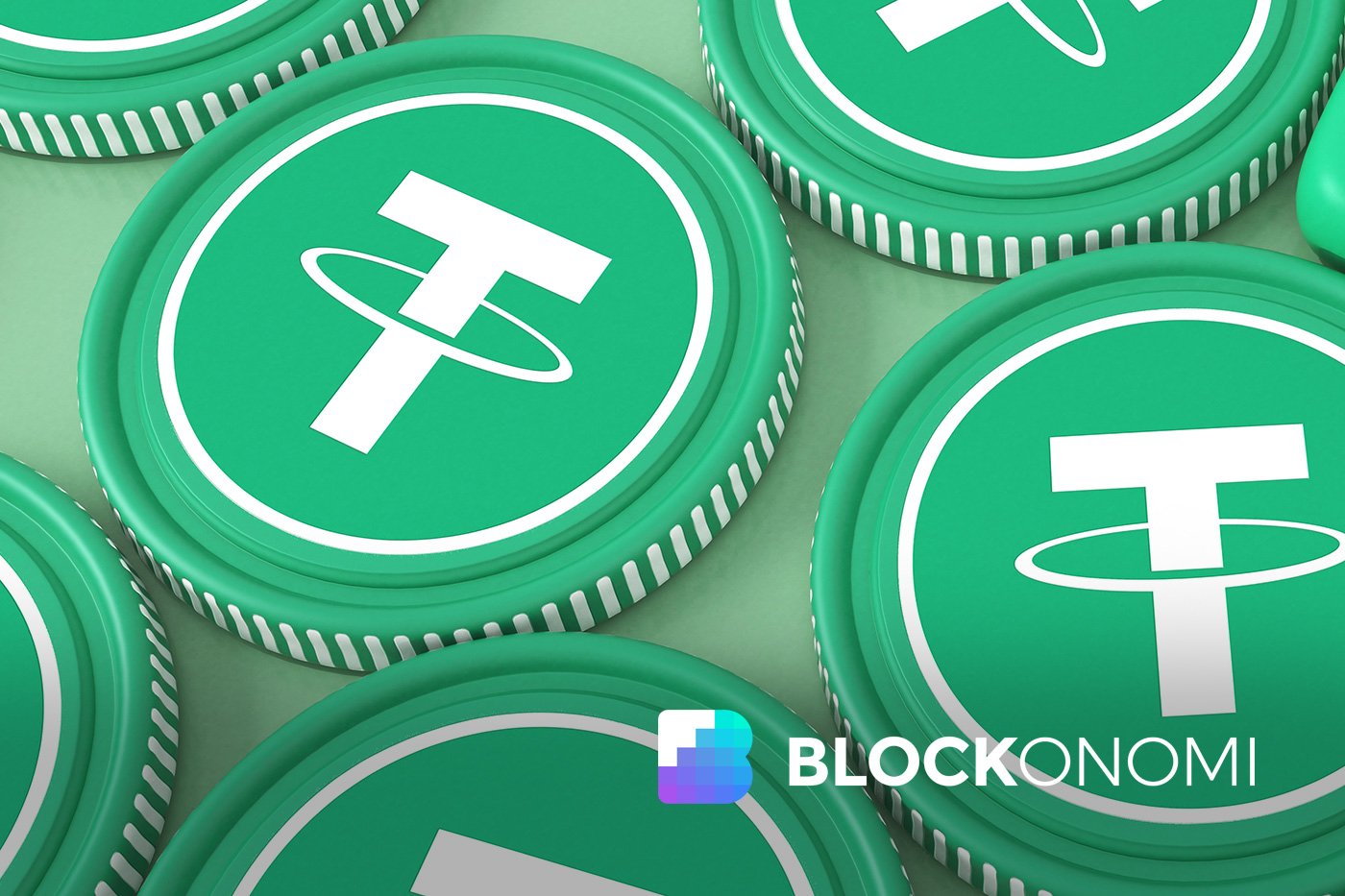TLDR
- Tether CEO Paolo Ardoino announced plans to explore a US-based stablecoin for institutional clients
- Two key stablecoin bills are advancing through Congress, with Trump urging passage by August
- Unlike Tether’s existing stablecoins used for trading and in emerging markets, the new offering would target regulated institutions
- Tether currently doesn’t serve US customers but could change this policy with favorable regulation
- The company is working toward obtaining a full audit from a Big Four accounting firm
Tether, the company behind the world’s largest stablecoin USDT, is planning to launch a new US-based stablecoin specifically designed for institutional clients. This move comes as US lawmakers make progress on regulatory frameworks for digital assets, with President Donald Trump pushing for legislation to be passed by August.
Tether CEO Paolo Ardoino told The Block that the company is exploring “the creation of a US-based, institutional-grade stablecoin.” This would differ from Tether’s existing stablecoins, which are primarily used for trading and supporting financial inclusion in emerging markets like Africa.
The new stablecoin would be tailored to meet the needs of large-scale, regulated institutions with different infrastructure requirements. It would focus on enabling faster settlements between banks, representing a new direction for the company.
Currently, Tether does not offer its products to US customers, according to its website. However, this policy could change if favorable regulations are established.
Regulatory Progress
Two key bills are moving through Congress: the Stablecoin Transparency and Accountability for a Better Ledger Economy (STABLE) Act in the House and the Guiding and Establishing National Innovation for US Stablecoins (GENIUS) Act in the Senate.
President Trump has urged lawmakers to pass stablecoin legislation by August. For legislation to become law, both the House and Senate must agree on and pass a single version to send to the President’s desk.
The regulatory environment appears to be shifting under the Trump administration. The Securities and Exchange Commission (SEC) has reportedly paused or dismissed most legal actions against cryptocurrency entities.
The SEC’s Division of Corporate Finance recently clarified that stablecoins are not classified as securities. This alleviates some regulatory burdens that existed under the previous administration.
Market Position and Audit Progress
USDT remains the dominant player in the stablecoin market, with a total supply of around 145 billion tokens. This represents approximately 70% of the overall stablecoin market.
Tether has faced ongoing scrutiny for not providing a full independent audit of its stablecoin reserves. Instead, the company releases quarterly attestations signed by BDO Italia.
In response to these concerns, Tether recently hired Simon McWilliams as its new chief financial officer. McWilliams will lead efforts toward securing a full audit from a Big Four accounting firm – Deloitte, EY, PwC, or KPMG.
Ardoino has stated that obtaining such an audit is a “top priority” and that discussions are already underway. This move would bring Tether in line with rival Circle, issuer of USDC, which has had its financials audited by Deloitte since 2022.
Last year, Tether reported $13 billion in profits, demonstrating strong interest in stablecoins despite broader market challenges. Meanwhile, Circle is reportedly planning to go public in the US.
Industry experts emphasize the need for a cohesive federal framework for stablecoins. Jonathan Levin, co-founder and CEO of Chainalysis, noted that without such a framework, it remains challenging for financial services firms and international enterprises to adopt stablecoins on a larger scale.
The cryptocurrency landscape in the United States continues to evolve under Trump’s second administration. With the President’s stated ambition to position the US as “the crypto capital of the planet,” regulatory clarity for stablecoins may soon become a reality.



